F/A-18 Super Hornet production coming to an end, Boeing shifts focus to future projects

F/A-18 Super Hornet pictures from Boeing
The new-build production of the F/A-18 Super Hornet fighter aircraft has a completion date set as Boeing plans to shift resources and redirect focus onto future projects.
Boeing announced the plans to end the production of the fighter aircraft following the delivery of the final U.S. Navy fighters, likely to be in late 2025. If the Super Hornet is selected by an international customer production could extend to 2027. In order to meet the defense demand, Boeing plans to continue hiring over the next five years at the St. Louis facility. Over 900 people were hired in the region in 2022.
“We are planning for our future, and building fighter aircraft is in our DNA,” said Steve Nordlund, Boeing Air Dominance vice president and St. Louis site leader. “As we invest in and develop the next era of capability, we are applying the same innovation and expertise that made the F/A-18 a workhorse for the U.S. Navy and air forces around the world for nearly 40 years.”
By ending the F/A-18 production, Boeing is able to redirect its resources for future military programs and support the next generation of advanced crewed and uncrewed aircraft. Boeing will build three new facilities in the St. Louis region and an Advanced Composite Fabrication Center in Arizona.

The new MQ-25 production facility at the MidAmerica St. Louis Airport represents Boeing’s over $1 billion investment. The company has invested over $700 million into infrastructure upgrades in St. Louis over the last ten years, allowing for new streamlined processes for design and building techniques.
By ceasing the production of the Super Hornet, Boeing can increase the production of the world’s first all-digital training system, the T-7A Red Hawk. Boeing may also focus on the development of the world’s first carrier-deployed autonomous refueling aircraft, the MQ-25 Stingray. Other defense projects, like the production of the new F-15EW Eagle IIs and 777X wing components, will also be increased.

Boeing plans on continuing the development of advanced capabilities and upgrades for the Super Hornet and EA-18G Growler fleet. Over the next decade, all Block II Super Hornets in Service life Modification will be given the Block III capability suite. Boeing will continue adding to its advanced electronic attack capability and ongoing Growler modifications.
The F/A-18 can trace its origins to the Northrop prototype aircraft, the P-350 (1965). As the Cold War ended, there was a period of military budget cuts and restructuring. The Super Hornet debuted in 1983 and since, Boeing has delivered 2,000 Hornets, Super Hornets and EA-18G Growlers to customers across the world. Customers have included the U.S. Navy, Australia, Finland, Canada, Kuwait, Malaysia, Switzerland and Spain.
Contact
Name: Haley Davoren
, Digital Content Manager
Company: GlobalAir.com
Website: https://globalair.com
Email: [email protected]
Phone: 502-456-3934
©2023 GlobalAir.com, Haley Davoren. All rights reserved.
Recent Posts
- Boeing-backed EVIO launches EVIO 810 hybrid-electric regional aircraft program
- Netflix jet activity spikes days before Warner Bros. acquisition offer
- Daher Kodiak 900 aircraft recieves Brazilian airworthiness certification
- 20-year-old pilot wins $2.4M Hawker 400XP in MrBeast challenge
- NetJets partners with Starlink to to bring high-speed connectivity to fleet
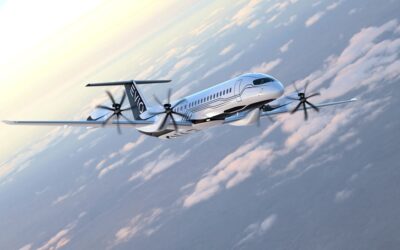
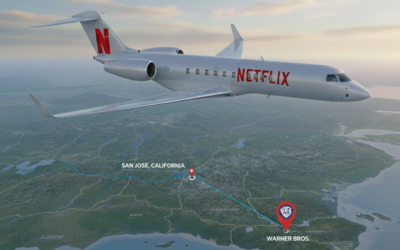

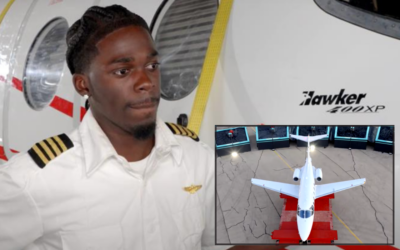
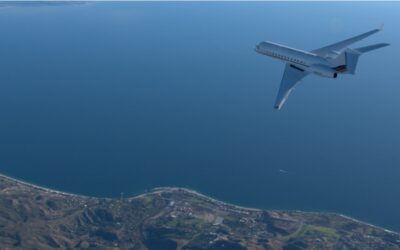

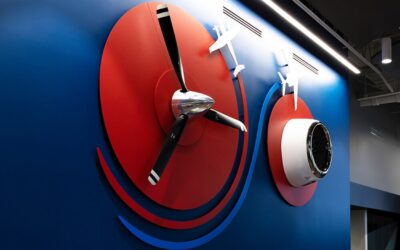
Recent Comments